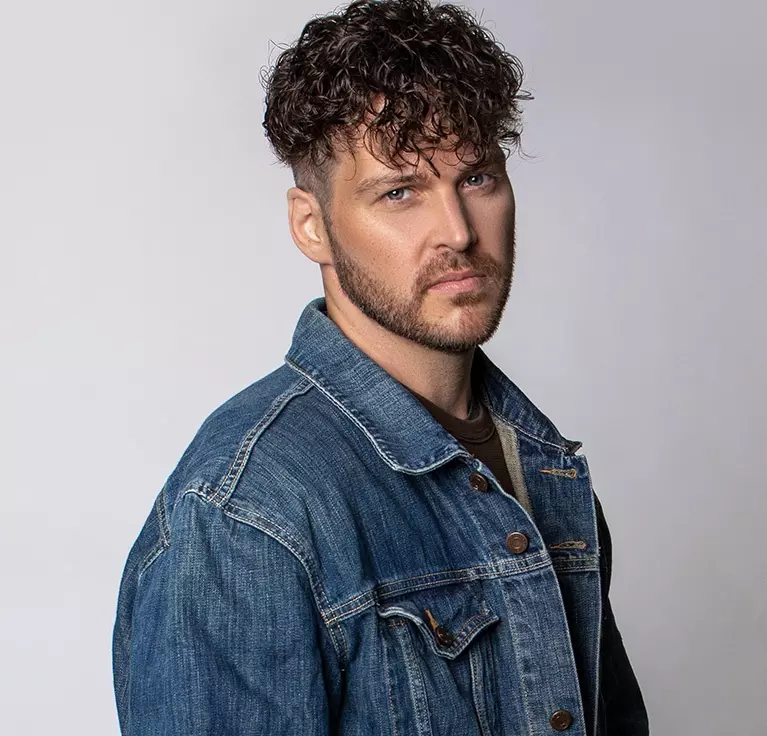Over time, many people experience hair loss to some degree and may see it as inevitable due to aging. However, most people don't realize that hairstyles and the way you wear your hair can have a serious impact on hair loss. If you are experiencing hair loss, it may be caused by traction alopecia. Read on to learn more about what traction alopecia is, what causes it, and what you can do to prevent it.
What Is Traction Alopecia?
Traction alopecia is a type of hair loss that's caused by prolonged or repeated tension on the scalp hair. This type of alopecia usually happens when the hair is being pulled too tight from the follicle. This will often result in the hair breaking and can cause hair loss. Because traction alopecia is often caused by persistent, gentle pulling on the hair roots, it can sometimes be difficult to notice until bald spots start to appear. But if it is caught early enough, traction alopecia can sometimes be reversed. However, if you have been experiencing traction alopecia for a while it can be permanent.
The symptoms of this type of hair loss can vary so it can be difficult to diagnose. However, some of the symptoms include:
- An itchy or scaly scalp
- Red patches on the scalp
- Red bumps on the scalp (folliculitis or pustules)
- Short, broken, or thinning hair
Traction alopecia is often most noticeable along the hairline.
What Causes Traction Alopecia?
This type of hair loss different from other forms of alopecia, and is also different from male and female pattern baldness. Those conditions are caused by genetic or immune factors that may be out of our control. Traction alopecia, on the other hand, can happen to anyone and is most often caused by:
- Wearing tight hairstyles regularly. These can include cornrows, braids, tight ponytails, weaves, dreadlocks, buns, or chignon.
- Hair extensions. The glue or bonding agent used to attach these extensions can pull on the follicle, or make it heavy.
- Length. Very long hair can add excess weight and put strain on the hair.
- Curlers or rollers. These can pull the hair too tight.
- Wearing helmets. Helmets for bikers, motorcyclists or certain athletes can rub or pull at areas of your scalp.
Prevent And Reverse Traction Alopecia
If you suspect that your hair loss is caused by traction alopecia, the most important thing you can do is stop wearing your hair in tight hairstyles. If your hair is very long and heavy, it might be a good idea to cut it shorter. And if possible, stop using hair extensions, curlers, and rollers.
Caught in it's earliest stages, traction alopecia can be reversed, as long as you continue to properly care for your hair and scalp. Wearing tight hairstyles occasionally shouldn't cause a problem, but try not to wear the same tight style every day. Change up your hairstyle every few weeks for the best results. Using shampoos that restore broken hair and strengthen follicles can also help. Avoid exposing your scalp to any harsh chemicals, and if there's any damage to your scalp, see a hair loss specialist to get it properly treated.
Left untreated, traction alopecia can lead to permanent hair loss. If you suspect that you have traction alopecia and have tried the solutions listed above without success, hair restoration may be right for you. Mane Image offers lots of options for hair restoration, that are cosmetic, surgical, and non-surgical. Hair loss can be frustrating, annoying, and it can even hurt your self-image. Contact us today to find a solution that works best for your lifestyle.











